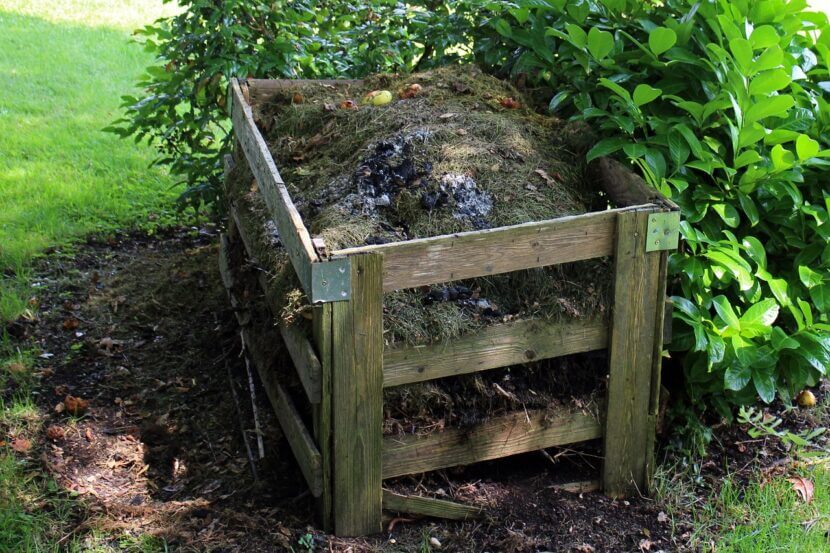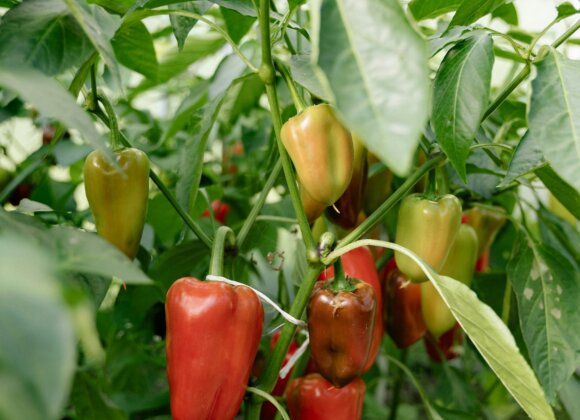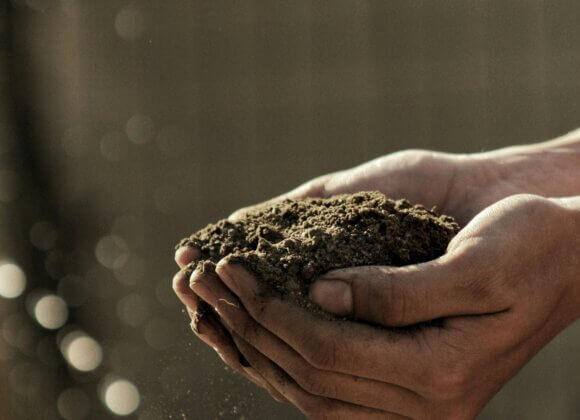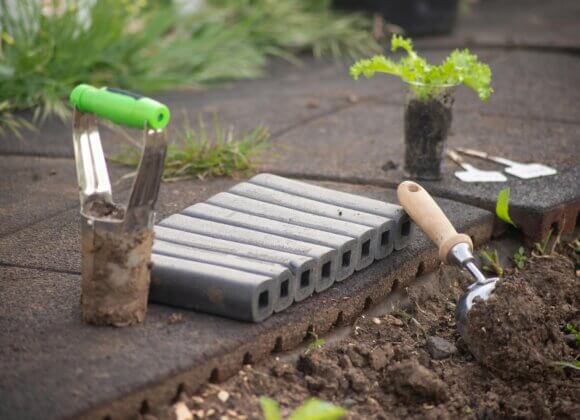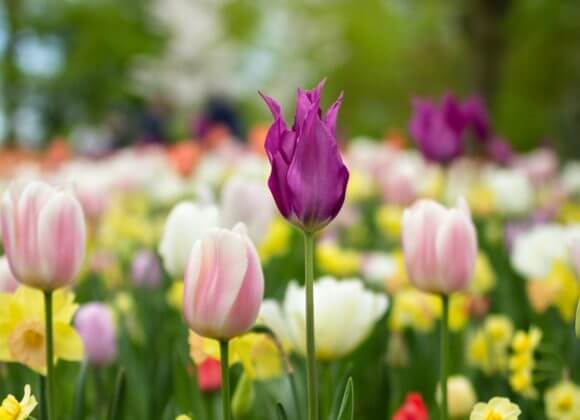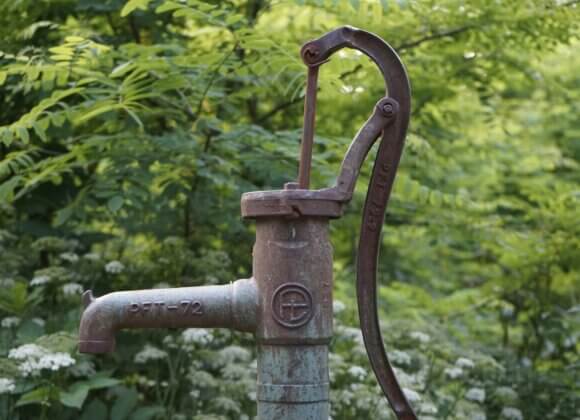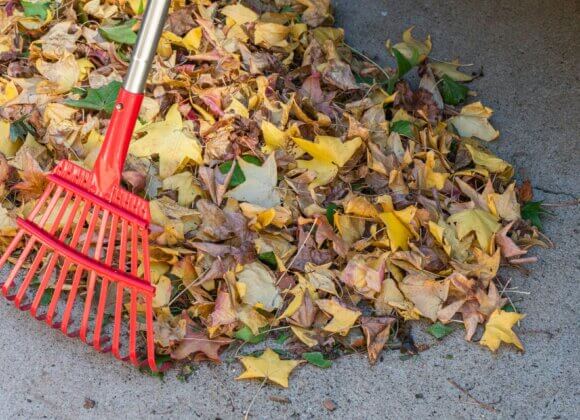Lawn cuttings, leaves, fruit and vegetable waste – various types of organic waste regularly accumulate in gardens and households. If you compost them yourself, you are actively contributing to the circular economy in your garden and also preserving valuable humus. Alexandra Syen from “Die Umweltberatung” explains what is important in a compost heap.
A compost heap in the garden has numerous advantages: Compost improves soil quality thanks to its ability to retain water and aerate the soil. In addition, mature compost is a natural source of nutrients that strengthens the plants and makes them more resistant. It also helps to reduce waste, as it reduces the load on both organic and residual waste garbage cans. “Last but not least, it contributes to climate protection, as carbon dioxide emissions for the production and transport of mineral fertilizers, plant soils and pesticides are eliminated,” says Alexandra Syen from “Die Umweltberatung”.
The best location for a compost heap
The best location is an easily accessible spot in partial shade. “It has to reach a certain temperature and be well ventilated in order to function,” says Syen. If the location is too sunny, however, the compost will dry out; if it is too shady, there is a risk that it will start to rot.
Pile or composter?
“Both have advantages,” says the expert. This means that aeration and circulation are better in a compost heap. This makes it easier for the microorganisms responsible for the decomposition process to work and thus leads to a higher temperature. This results in better decomposition. At the same time, seeds and harmful microorganisms are killed. “However, the space requirement is higher than for a container,” says Syen. A composter made of wood or plastic, on the other hand, is more aesthetically pleasing to the eye. “And you have more control over the composting process,” says Syen. However, to make it easier to remove and move the compost, the container should be easy to dismantle.
Layered structure
The bottom layer of the compost should be in direct contact with the soil and consist of material rich in structure and carbon, such as branches and twigs. “This contributes to aeration and prevents waterlogging,” explains Syen. On this basis, low-structure materials such as garden and kitchen waste, which serve as a source of nitrogen, are then added on an ongoing basis. “The compost should consist of two thirds structure-rich material and one third nitrogen-rich material,” says the expert. If waste is very moist, it should be enriched again with structure-rich material. To keep uninvited guests away and avoid unpleasant odors, it is also advisable to cover kitchen waste with leaves, soil or grass.
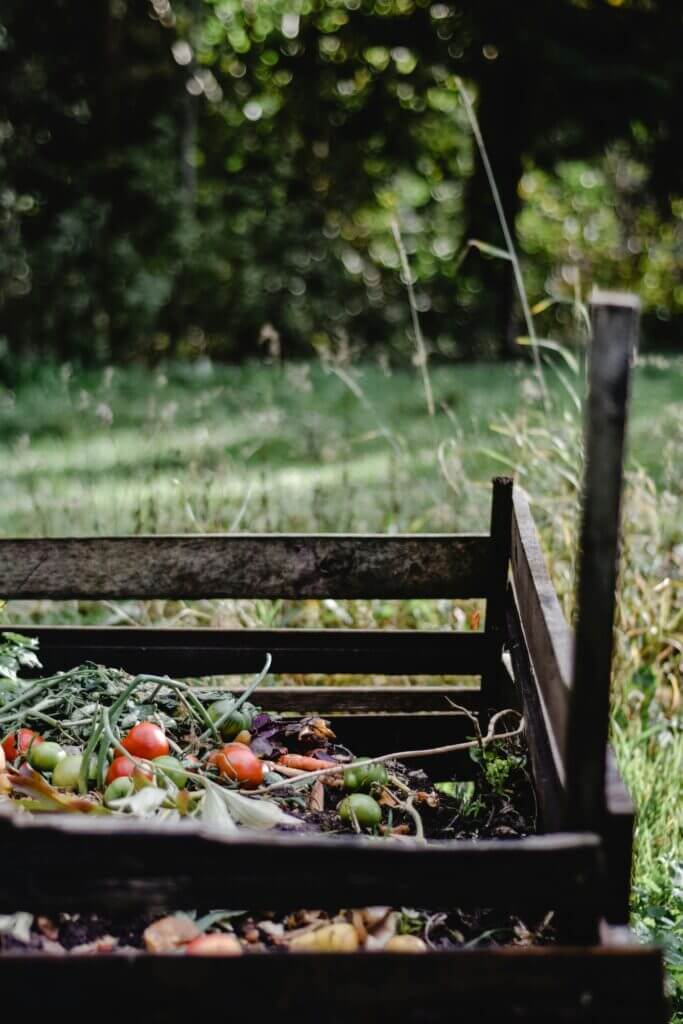
What is allowed in the compost…
First of all: In Austria, there are different regional guidelinesas to which waste is considered suitable for composting. Information on this can be obtained from the compost or waste consultants in the respective municipalities or waste associations. In principle, all decomposable vegetable garden and kitchen waste can be put in the compost. This includes grass, lawn cuttings, leaves, wild plants and weeds as well as chopped wood. Also fruit and vegetable waste, leftovers and spoiled food without packaging in small quantitiesn, coffee and tea brew including filter or bag paper, cut flowers, potted plants (without pots) and small animal manure from herbivores. Wood ash should only be added to the compost in very small quantities. This also applies to pruning thujas, as these contain substances that inhibit decay. This is also the case with some types of leaves, such as walnut, oak or chestnut leaves: these leaves should therefore be shredded with the lawnmower beforehand and put in the compost together with the lawn cuttings.
…and what not
Meat, bones, sausage remains and dairy products have no place in the compost bin or compost heap – not least because they attract rats. The same applies to cooking oils and fats, soups, salad dressings and other liquids as well as non-compostable cat litter, dog or cat excrement.
The right care
As mentioned, the climate must be right for the microorganisms to be able to convert the waste. It is therefore advisable to keep checking whether the compost is actually moist enough. Superficial odors can be eliminated by dusting with stone dust or a layer of soil. If the compost is too wet and rots, turning it and adding dry structural material will help. When turning, either a second compost heap is created with the existing compost or a second container is filled. It should then be covered with air-permeable material such as grass, leaves, soil or compost fleece and left to rest for some time. However, when moving compost, which usually takes place in spring and fall, you should be aware that hedgehogs and other animals appreciate the compost heap as a winter home – so caution is advised.
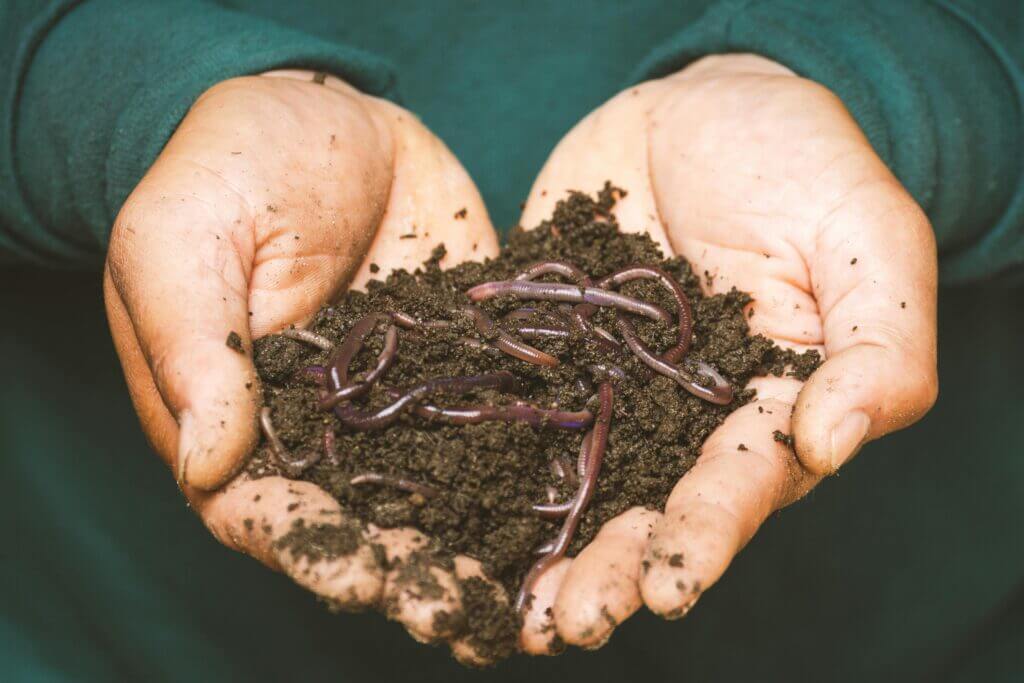
From waste to humus
After around half a year, or about a year without turning, hobby gardeners can enjoy the mature compost, which smells of forest soil. It is best applied at the beginning of the growing season, but should first be sieved with a sieve. It can be used for all plants. Fresh compost that is between two and six months old, on the other hand, is a strong fertilizer and therefore only suitable for heavy-feeding plants such as pumpkins or tomatoes, but also for fruit trees and berry bushes.
Worm bin as an alternative
But if you don’t have a garden, you no longer have to do without your own compost. In worm bins, such as those produced by “wormsystems” from Upper Austria, organic waste is also transformed into compost and worm humus with the help of compost worms – both indoors and outdoors.
Related posts:
Garden tip: Courage to be messy


